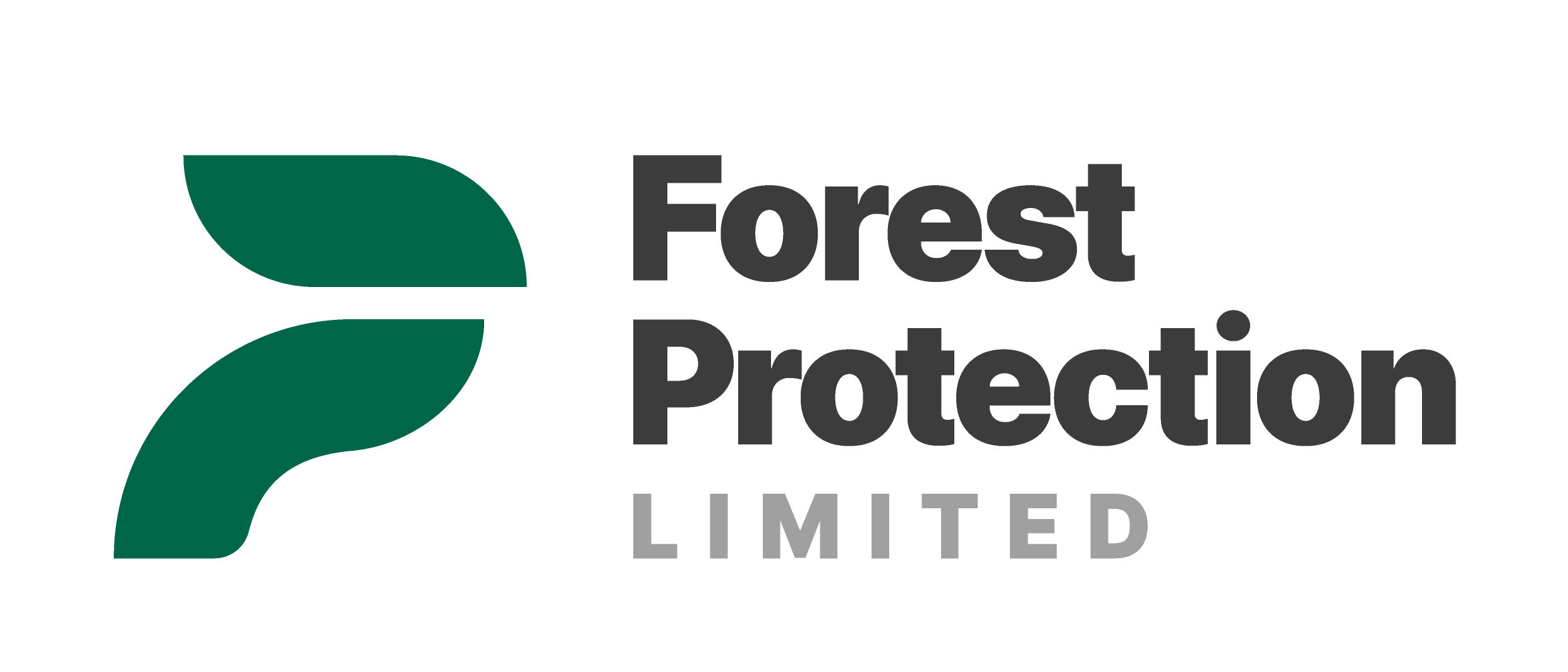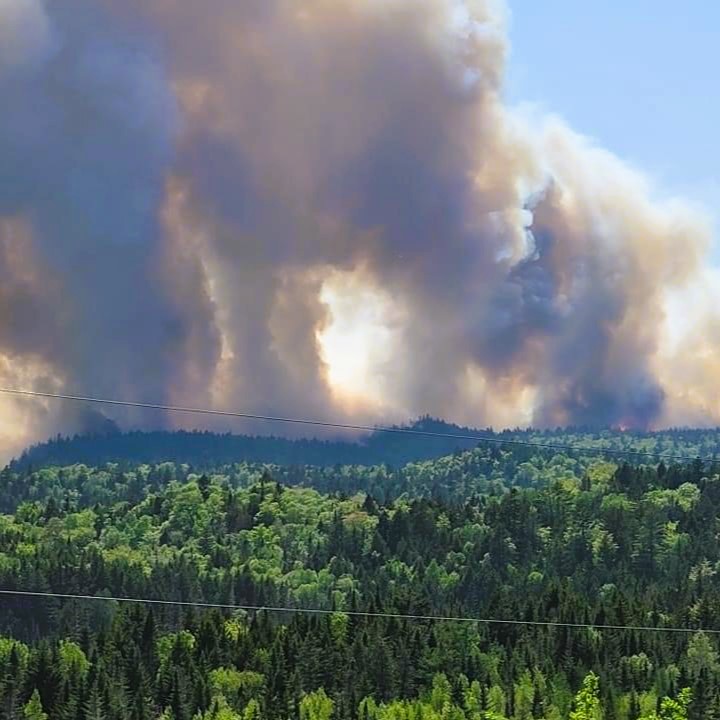Continuing our previous discussion regarding the significant role of Canadian forests in mitigating climate change and the methods used for their protection, let’s examine the complex relationship between climate change, defoliation, and the increase in wildfires. These three factors create a dangerous combination that affects our forests’ health and raises carbon emissions.
Climate Change: The Catalyst for Increased Wildfire Risk
The frequency and severity of wildfires have increased due to climate change. This is because the rising temperatures, prolonged droughts, and altered precipitation patterns create favourable conditions for the ignition and rapid spread of fires. The changing climate poses a greater risk of wildfires and puts the resilience of our forest ecosystems to the test.
Defoliation Weakening Forest Resilience
Forests facing pest infestations often undergo defoliation, weakening their resilience against wildfire threats. When trees lose their leaves or needles, the forest canopy becomes more susceptible to ignition. This increased vulnerability creates a domino effect, making it easier for wildfires to take hold and rapidly spread through weakened ecosystems.
A Deadly Duo
Defoliation is the process of shedding leaves, needles or stems that contributes to the accumulation of dead and dry vegetation on the forest floor. This accumulation becomes a potent source of wildfire fuel. When trees lose their leaves, the canopy has less moisture, creating an environment where even a small spark can create a destructive and difficult-to-control wildfire. Furthermore, defoliation and altered climate conditions transform forests into tinderboxes waiting to ignite.
The Impact on Carbon Output
As wildfires intensify, their impact on carbon emissions becomes increasingly severe. When vegetation is burned, the carbon stored within it is released into the atmosphere as carbon dioxide. Without effective mitigation strategies, intensified wildfires reduce the forest’s capacity to store carbon and contribute significantly to our overall carbon footprint.
Feedback Loop: Climate Change, Defoliation, and Wildfires
The complex relationship between climate change, defoliation, and wildfires is alarming. Climate change causes pest infestations and drought, leading to defoliation. This defoliation weakens forests, making them more susceptible to severe wildfires. This feedback loop exacerbates our challenges in mitigating climate change and preserving our forests as crucial carbon sinks.
Mitigation Strategy Comprehensive Approach
Adopting a comprehensive approach is crucial to end this repetitive cycle. This involves dealing with the underlying causes of climate change, implementing efficient deforestation management techniques, and investing in measures that can help prevent and contain wildfires. By breaking the feedback loop, we can strive towards creating robust forests that will continue to play a critical role in carbon sequestration.
It is crucial to comprehend the relationship between climate change, deforestation, and the increased occurrence of wildfires. This understanding is vital for developing effective solutions to tackle these interconnected issues. As we navigate this complex terrain, let us promote sustainable practices and advocate for policies prioritizing our forests’ well-being and resilience.
Quick Facts
- New Brunswick’s defoliation area remains below 5,000 hectares.
- The average wildfire size is 1.75 hectares in New Brunswick.
- New Brunswick utilizes eleven aerial suppression reload bases to action wildfires quickly.
- FPL maintains a fleet Air Tractor AT-802 air tankers, Cessna C208 Caravans and Piper PA-60 Aerostars for wildfire management.

